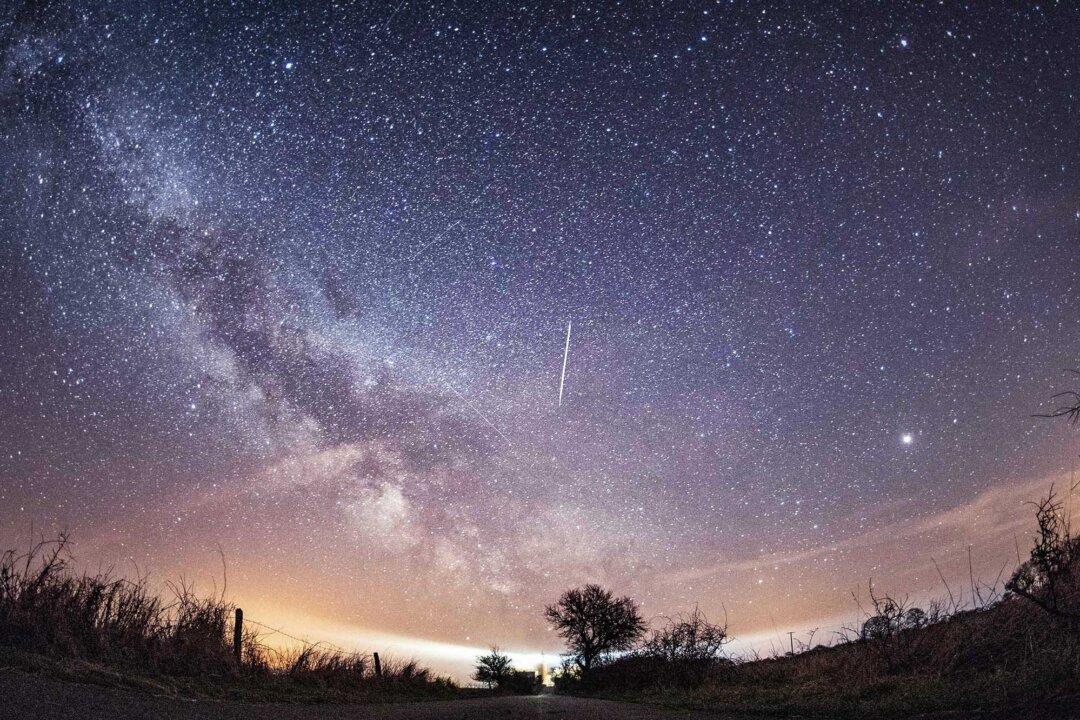A meteor shower to end the year’s meteor shower drought will begin in earnest with the first shooting stars of the Lyrids starting again—as always—from mid-April until month’s end.
If the Lyrids visit when astronomers say they will (they usually do), they will stay within a relatively short window of time, by meteor shower standards, roughly from April 15–29.






